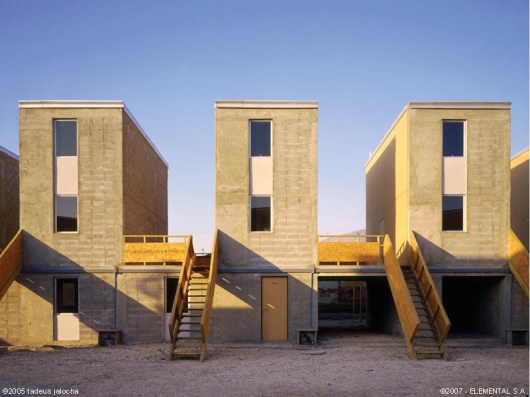
Today on Change Observer, my review of the Museum of Modern Art's first foray into socially conscious design: “Small Scale, Big Change”.
In Uncommon Ground, I say:
This is the museum's second foray into the world of social and sustainable design, after last winter's successful "Rising Currents." While it contains a number of worthy (if occasionally over-exposed) projects, the inability of "Small Scale" curator Andres Lepik to define his terms means the exhibition fails to move the conversation forward, offering no sense of where these 11 projects find common ground, and hence which small architectural interventions are likely to be effective elsewhere. It isn't scalable, which means Lepik defaults to MoMA's historical agenda, aesthetics. Not one of these projects, but for Rural Studio's gable-roofed $20K House VIII, would be out of place in an exhibition on new schools, new urban infrastructures, new low-cost housing.Read the rest here.
The "big" part of the title isn't addressed either. In his remarks at the opening, curator Andres Lepik specifically thanked two MoMA funds for allowing him to travel to see which sites were successful. But neither his benchmarking nor his on-site observations are part of the show. What counts as a success, particularly given the diversity of program and scale contained in the gallery? What counts as failure? I would have been really interested to find out more about projects that almost made the cut, until Lepik saw the situation on the ground. Maybe that's the critic's role rather than the curator's?
I should also say, for those of you who read the whole piece, I've taken issue with Iwan Baan's photographs before, in this post.
Other coverage has been more than kind, including Christopher Hawthorne (no dateline, so it is a preview not a review), Dwell (curator Q&A), Architectural Record.
